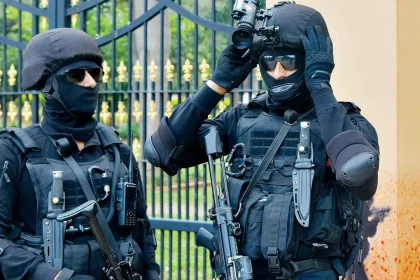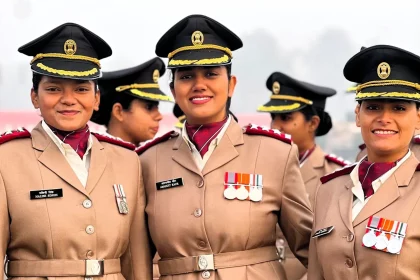How to Get Into Sainik School in 2025 – Complete Entry Process
To join a Sainik School in 2025, students must embark on a structured journey governed by the All India Sainik…
Balidan Badge: The Secret Symbol of Para Commandos Explained
The Balidan Badge is a distinguished emblem that represents more than just military achievement; it embodies the spirit of sacrifice,…
Step-by-Step Guide: How Women Can Join Military Police in the Army
Joining the Women Military Police (WMP) in the Indian Army is a commendable aspiration, reflecting a blend of determination, courage,…
Military Nursing Service: How to Join MNS and Serve the Army
Joining the Military Nursing Service in India is not merely a career choice; it’s a profound commitment to serve and…
Thematic Apperception Test (TAT) in SSB – Complete Strategy & Examples
The Thematic Apperception Test (TAT) holds a vital position within the psychological assessment framework of the Services Selection Board (SSB)…
50 Positive WAT Examples That Can Instantly Impress SSB Officers
The Word Association Test (WAT) is an insightful tool widely utilized in psychological assessments and recruitment processes. It serves to…


